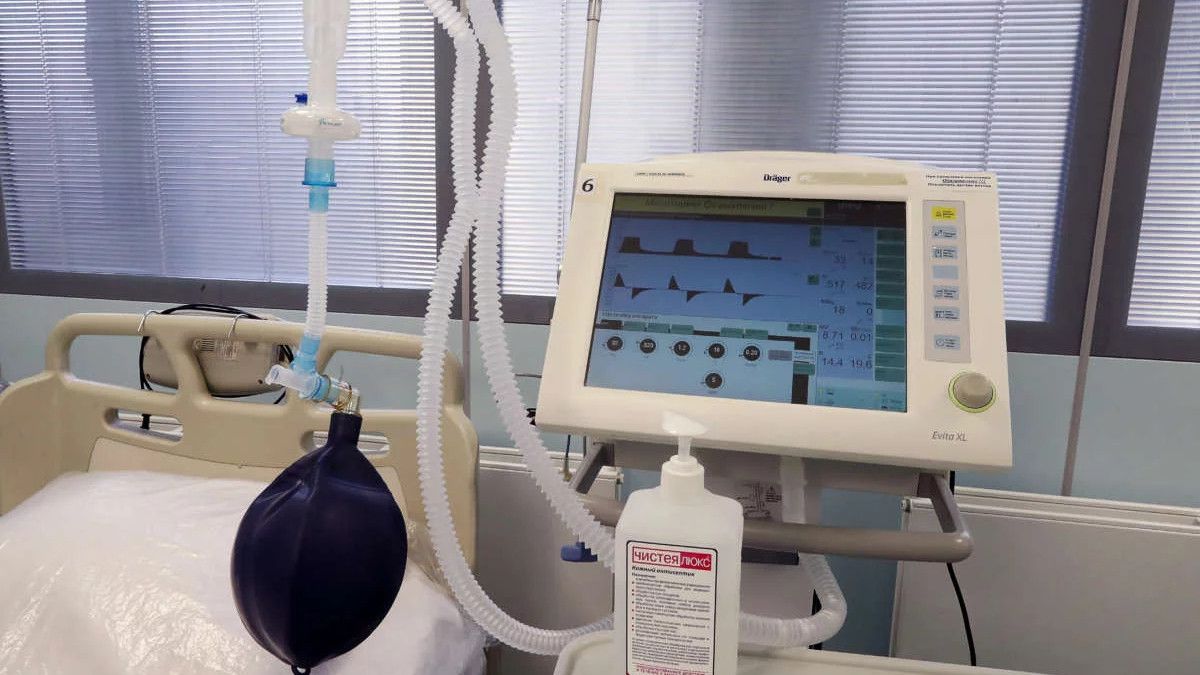JAKARTA - The difficulty of producing a ventilator as one of the most needed medical devices in dealing with COVID-19 is certainly a problem. Because this tool has a vital function as a breathing apparatus. Ventilators are the main weapon in the fight against the new coronavirus. So how difficult is it to make this tool?
As more people become infected with the new corona virus every day, hospitals are increasingly overwhelmed. They lacked a ventilator. Indeed, not all COVID-19 patients need a ventilator. However, at least, according to a report from Imperial College London, about 30 percent of hospitalized COVID-19 patients are likely to need a mechanical ventilator.
The only way to reduce patients entering intensive care, the report said, was to implement lockdowns. Through lockdown, it is hoped that around 75 percent of social contact can be avoided.
Unfortunately, some countries have been slow to take action that could reduce this social contact. As a result, ventilator shortages cannot be avoided, even in developed countries.
As revealed by the Governor of New York Andrew Cuomo, who called them a shortage of 30 thousand ventilators. If you look at the core function of the ventilator, this machine is actually not that complicated.
Basically, this tool is a sophisticated pump. Ventilators control oxygen and air flow from the patient's lungs when the patient's lungs are unable to function properly.
The difficulty of making a ventilator
An engineer from Colombia who is part of a group making ventilators in Medellin, Mauricio Toro, explained that if you look at the function it is not too complicated. But, in fact the manufacture of a ventilator must be reliable (reliable) because the level of stakes is quite high.
"If that fails, the patient is very likely to die," Toro was quoted as saying by the BBC. "This is what makes ventilators so challenging to make."
Moreover, in its current condition. In overcrowded intensive care units, where doctors have to treat more patients, reliability cannot be well tested.
The only way to make this tool highly reliable is by extensive testing. The testing takes up to two years. And this is the longest period in the ventilator manufacturing process.

Even though a ventilator is needed now, not later. What's more, scientists have calculated that the manufacture of a COVID-19 vaccine could take up to 18 months.
Apart from the long time, another challenge to making a ventilator is the material itself. The reason is, the material used must be tear resistant. The materials used are also not materials that can cause infection. In addition, the ventilator also needs to be made with materials that can withstand chemicals or UV rays.
Another challenge that makes ventilators so difficult to manufacture is the human resource itself. Making a ventilator is quite complex in the division of labor. Meanwhile, the abilities of people vary. Hence, directing them in the proper division of labor is also a challenge.
The world is racing
Governments and health authorities recognize this challenge. Britain, for example, where the government is pushing for an additional 1,200 ventilators in less than two weeks.
Meanwhile, they estimate it will still need 30,000 at the peak of the outbreak. Therefore, the government has asked industry and non-health universities to help with all its might, as if this is a war.
One of the largest medical equipment companies in the world, Philips, says it has increased its production capacity resources. In addition, Philips also increased the number of employee hours worked and recruited additional manufacturing employees to support the immediate increase in demand.
This step was followed by many other large companies. Like the Dyson company, which has received orders for 10 thousand ventilators. When the world is racing to make ventilators, not a few of them are looking for other alternatives. For example, the health company Smith Medical treats less critical patients with a device called CPAP (Continuous Positive Air Pressure).
Meanwhile, engineers and researchers have come up with other creative solutions. For example, the Ventil, a new machine that when installed on a ventilator could make it possible to create two airways for two patients to use simultaneously.
The English, Chinese, Japanese, Arabic, and French versions are automatically generated by the AI. So there may still be inaccuracies in translating, please always see Indonesian as our main language. (system supported by DigitalSiber.id)











